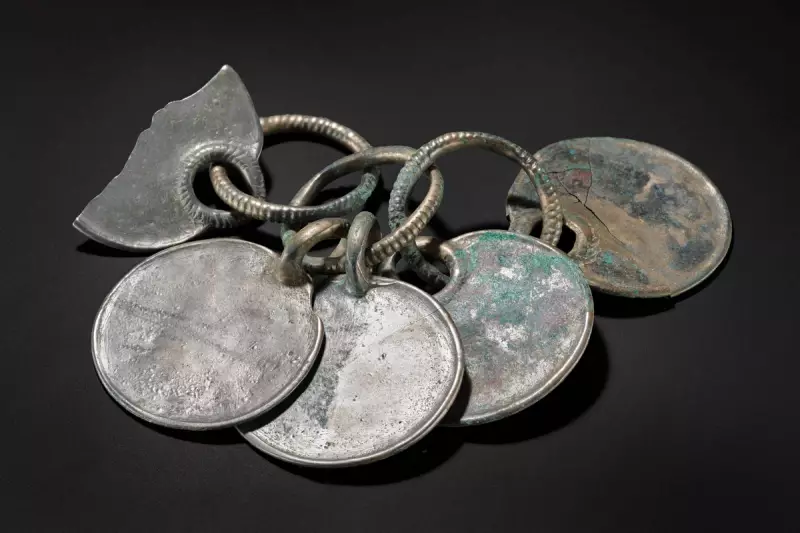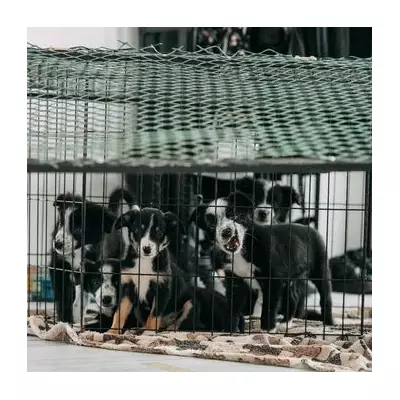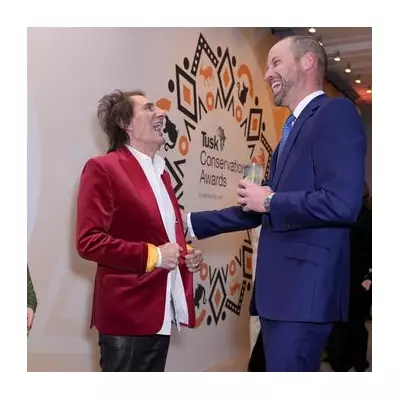
In a remarkable archaeological breakthrough, National Museums Scotland has unveiled a stunning collection of Bronze Age artefacts that lay hidden beneath the Scottish soil for nearly three millennia. These extraordinary finds are transforming our understanding of ancient British craftsmanship and ceremonial practices.
Golden Revelations from Ancient Britain
The star discoveries include a pair of exquisite gold hair ornaments dating back to around 1000 BC, discovered near Peebles in the Scottish Borders. These delicate treasures represent some of the earliest gold metalworking ever found in Britain, showcasing sophisticated techniques that archaeologists previously didn't believe existed during this period.
Dr Matthew Knight, senior curator of prehistory at National Museums Scotland, expressed his amazement: "These gold ornaments are absolutely breathtaking. The level of technical accomplishment they demonstrate forces us to completely reconsider the technological capabilities of Bronze Age communities in Britain."
Weapons of Ceremony and Status
Equally significant are the rare bronze spearhead mounts found in the River Tay near Perth. These ceremonial fittings, which would have adorned wooden spear shafts, feature intricate decoration and represent objects of immense prestige and status.
"The spearhead mounts weren't meant for battle," Dr Knight explained. "They were ceremonial objects, likely used in rituals or as displays of power and authority. Finding such well-preserved examples is incredibly rare."
Conservation Marvels Reveal Ancient Secrets
The painstaking conservation process has been crucial in revealing the true significance of these artefacts. Using advanced techniques, specialists have been able to carefully clean and preserve the objects, uncovering details that had been hidden for centuries.
The conservation team discovered that the gold hair ornaments were made using a technique called strip-twisting, where gold ribbons were twisted together to create intricate patterns. This demonstrates a level of metalworking sophistication that archaeologists previously associated with much later periods.
Rewriting Bronze Age History
These discoveries are challenging long-held assumptions about Bronze Age Britain. The quality and complexity of the gold work suggest that communities had access to skilled artisans capable of creating objects of remarkable beauty and technical precision.
The geographical spread of the finds – from the Borders to Perthshire – also indicates widespread trade networks and cultural connections across ancient Scotland. These artefacts weren't just functional items; they were expressions of identity, status, and belief systems that connected communities across the landscape.
A Legacy for Future Generations
All these extraordinary artefacts have been allocated to National Museums Scotland through the Scottish Archaeological Finds Allocation Panel. They will now undergo further study before going on public display, allowing visitors to connect with their ancient ancestors in a profoundly personal way.
As Dr Knight reflects: "Each of these objects tells a story about the people who made and used them. They're not just archaeological specimens – they're tangible connections to our shared human past, reminding us of the sophistication and creativity of Bronze Age societies."





